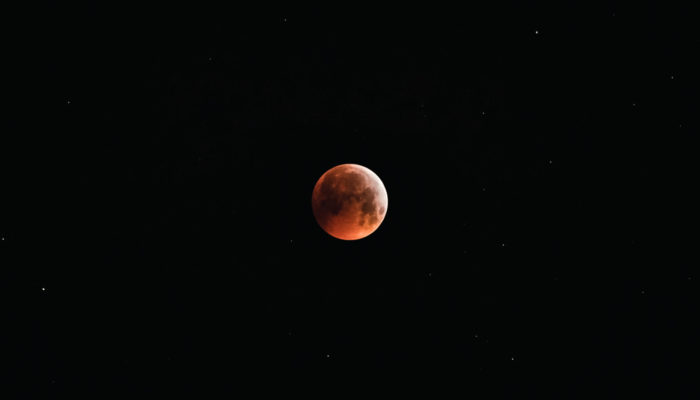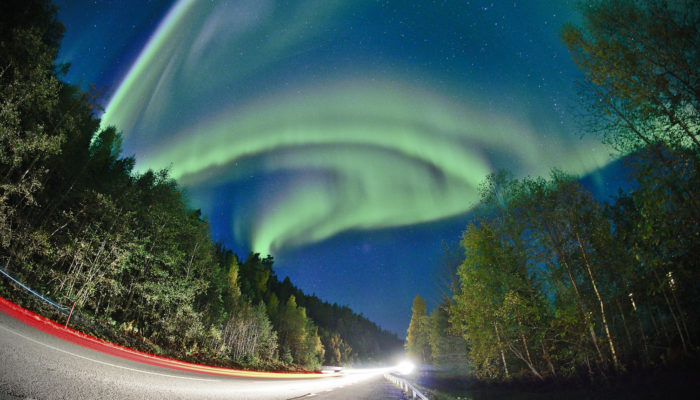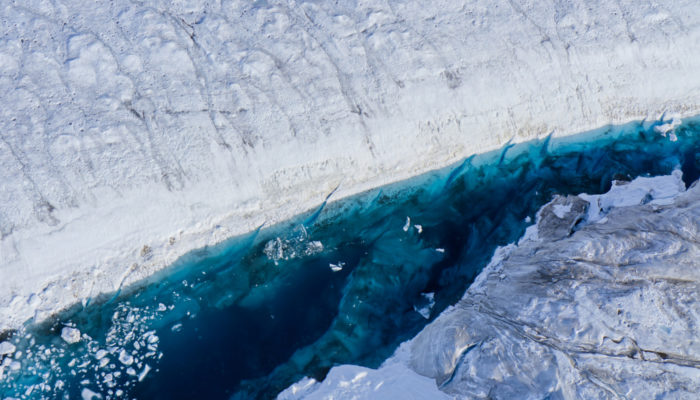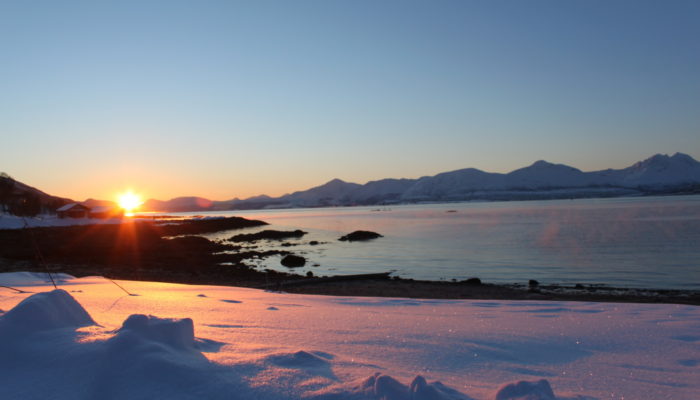A blood moon occurs during a total lunar eclipse. The sunlight falling through the air layers of the Earth’s atmosphere is refracted inwards, whereby especially the short-wave blue components are weakened by scattering. The long-wave red components, on the other hand, still reach the moon, which leads to the red colouring. Photo by Simon Fuhrmann shared on imaggeo.egu.eu. Imagg ...[Read More]
Imaggeo On Monday: Blood moon over Germany




